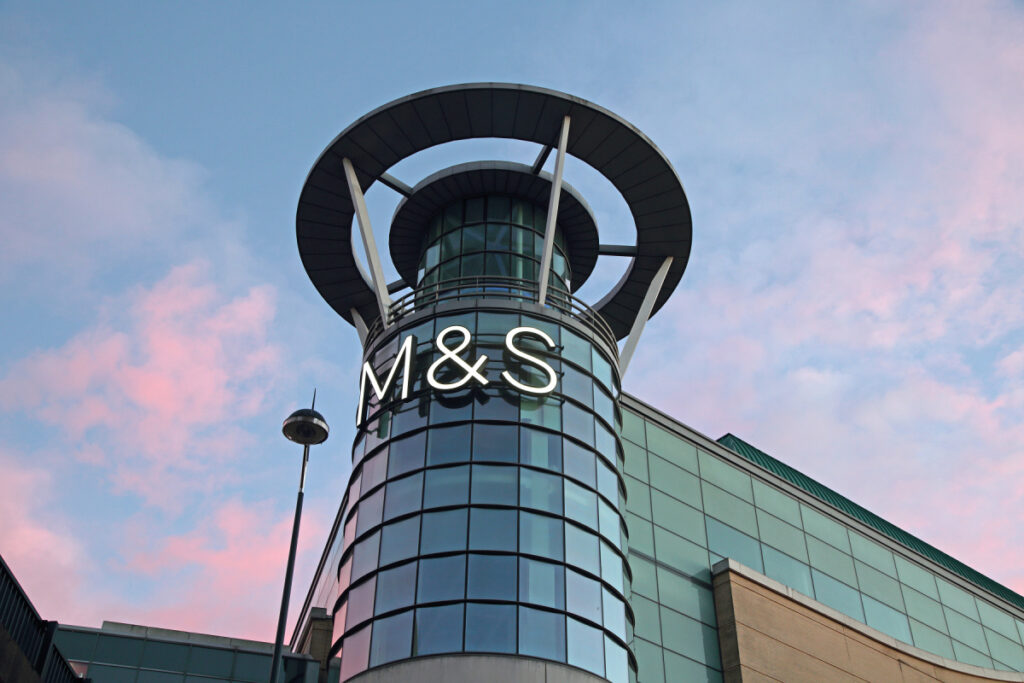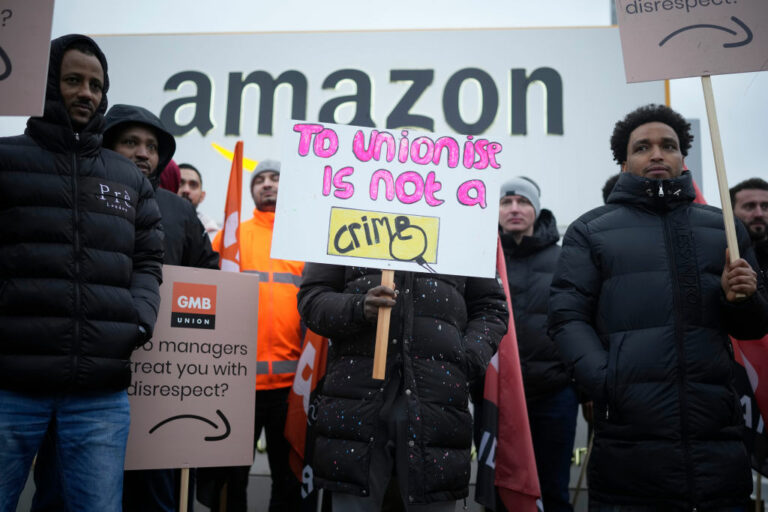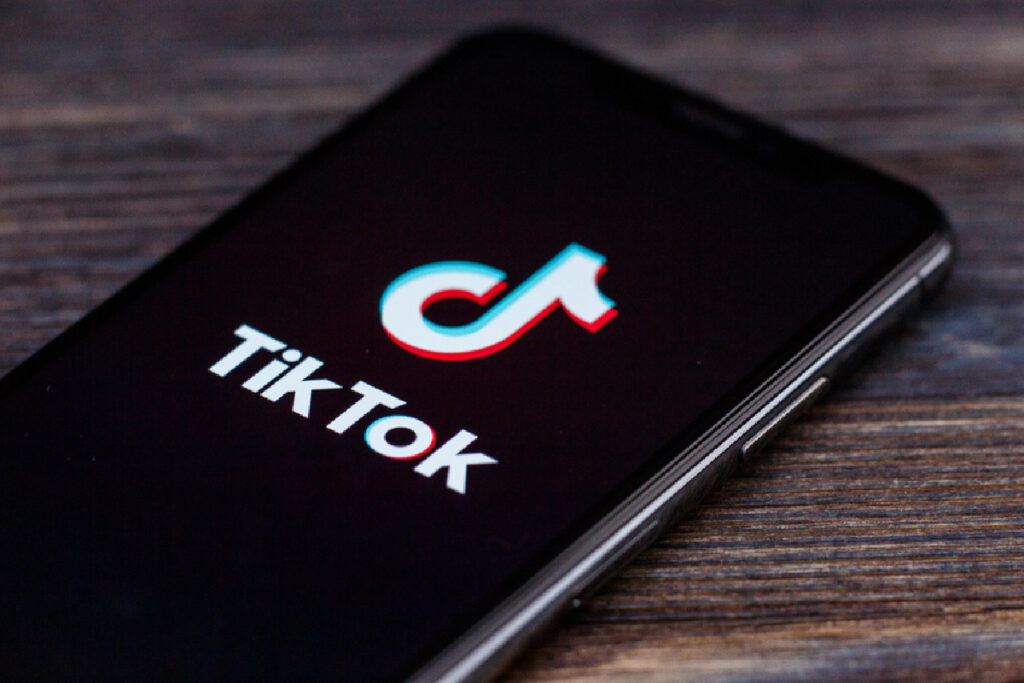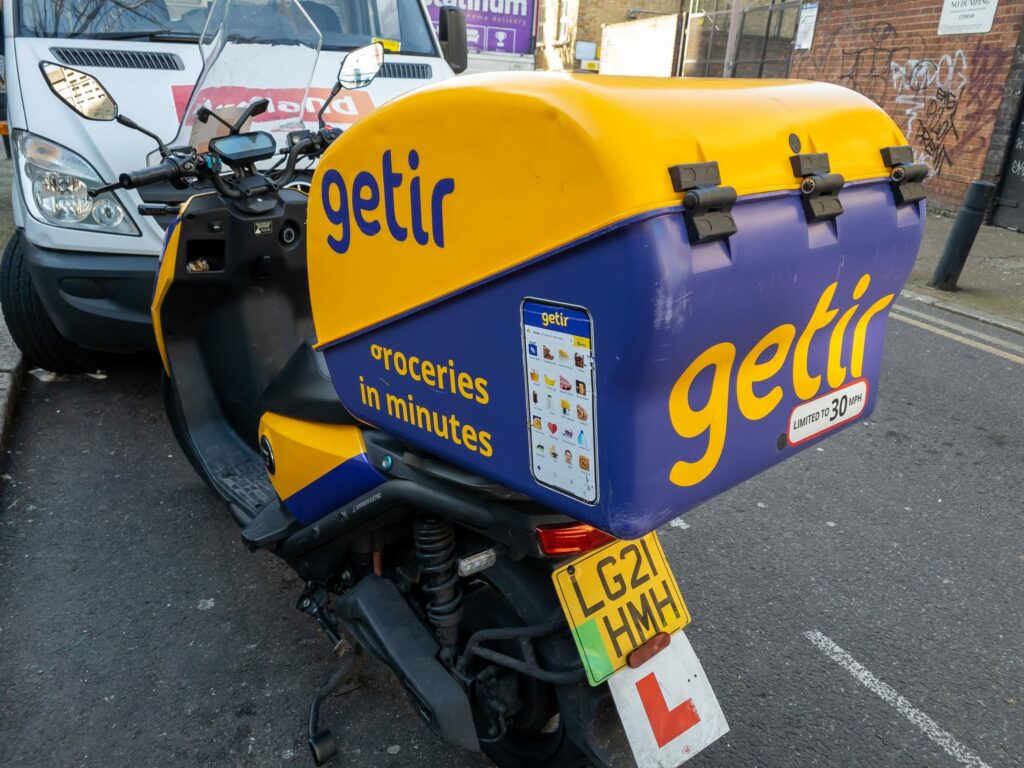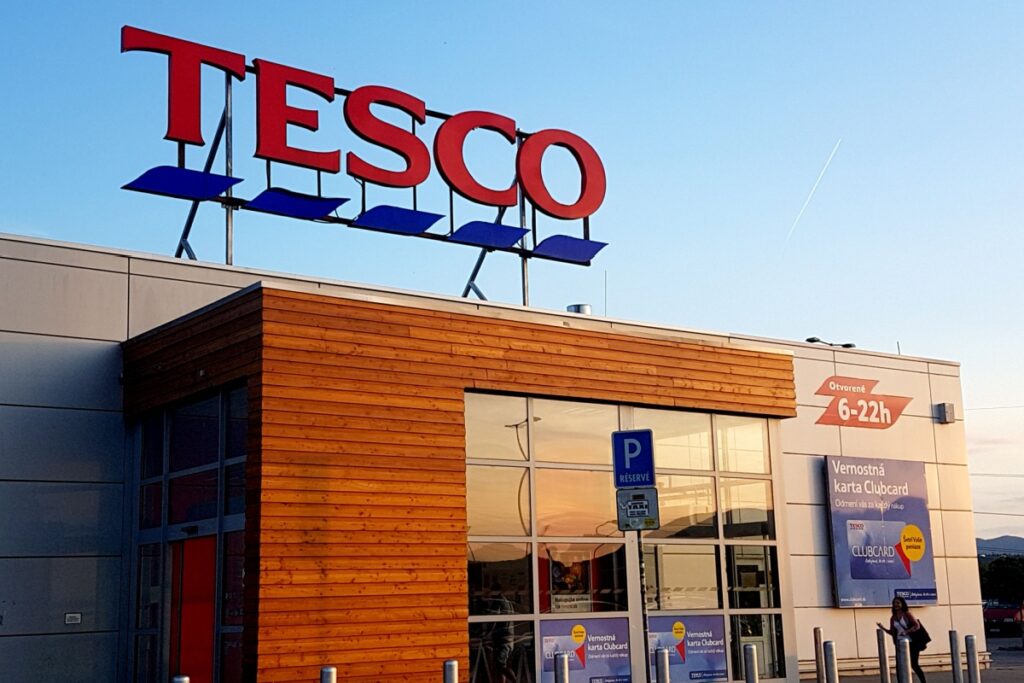There are now more self-service check-outs in the UK than the rest of Europe put together. The benefits for retailers are clear as they reduce need for in-store staff and boost the bottom line.
But frustration from consumers remains, with 63 per cent saying they don‘t like using them, according to a recent Which? survey of 2,700.
So, how can the views of retailers and consumers be reconciled?
“The two factors of reducing staff costs and improving customer experience don‘t usually sit comfortably alongside each other and it is proving to be the case in many instances for self-service checkouts,” says Iona Carter, director at Shoppercentric. “It certainly doesn‘t seem to be the case that grocery shoppers feel that customer service is improving through the introduction of self service checkouts – quite the opposite in fact.”
Stephen Miillard, CEO of retail tech business accelerator Eccomplished believes self service check out and self scanners are a great example of innovation in retail. “When done well, they can be extremely effective. This doesn‘t necessarily come down to increased automation, but actually allowing the customer to take responsibility. This increasing trend for self-service also sits alongside the changes in shopping patterns with smaller baskets more often becoming the mainstay of many supermarkets and the multi-trolley major shop moving online for home delivery.”
Self-service check outs have endured negative press since they arrived in the UK in 1996 with unscannable items causing the most frustration.
But Tesco appears to have taken notice and has rolled out four high-tech checkouts in its Lincoln store. It enables three shoppers to pack and pay at the same time and ensures that the scanner will pick up item barcodes more easily. Grocer Asda recently launched a smartphone scan-and go-trial at its superstore in York which will allow customers to scan basket items via its app and pay at any till without unloading their trolley. Sainsbury‘s were the first retailer to do mobile scan and go, but at the time of going to press, the grocer had the technology in just two stores.
So, with the technology continuing to improve, could we see the machines cropping up in other sectors such as fashion stores where consumers often complain about long queuing for a single item?
Iona Carter concludes: “We can see no reason why the approach will not extend into different sectors – but whether it‘s the best way for bricks and mortar to deliver customer service in the long term is another matter.”
Watch: Tesco‘s new auto-scanning technology in its Lincoln store




